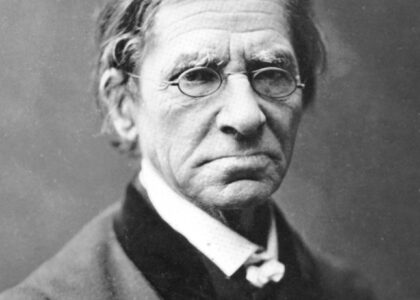Welcome to Blountstown, a small locality in the Florida Panhandle rich with history and cultural significance. Situated in Calhoun County, Blountstown’s origins date back to the early 19th century. In 1815, the Apalachicola Creek Indians, led by Chief Tuskie Hajo Cochrane, settled in the area after being displaced from Alabama due to wars. They established a new tribal town known as the Blunt-Tuskie Hajo Reservation, a name that eventually evolved into Blountstown.
The town’s historical significance is anchored in the Treaty of Moultrie Creek in 1823, which recognized Cochranetown as part of the Blunt-Tuskie Hajo Reservation. This pivotal moment secured the presence of Creek Indians in the area, although the Treaty of Payne’s Landing in 1832 later forced many to emigrate to Texas. Not all left; Tuskie Hajo Cochrane’s daughter, Polly Parrot, stayed behind, and many of today’s Calhoun County residents trace their lineage back to her.
Blountstown’s evolution continued as it became the county seat in 1880, following the destruction of previous county seats by yellow fever and hurricanes. The historic courthouse, constructed in 1904, still stands today as a testament to the town’s enduring legacy.
The Panhandle Pioneer Settlement is a living-history museum that captures the essence of rural life from the 1820s to the 1940s. Founded by Willard and Linda Smith in 1989, the settlement comprises 18 historical buildings that have been moved and restored to offer visitors a glimpse into the past. This includes the Shiloh Schoolhouse from 1886 and the F.B. Sexton Cabin from 1872, each telling stories of early education and pioneer living.
Blountstown is also known for its connection to Chief John Blount, a controversial figure in Native American history. After fighting alongside Andrew Jackson, he agreed to relocate his people west, a move that played a part in the broader context of the Indian Removal Act and the Trail of Tears.
Today, Blountstown is a charming locale, offering a peaceful rural lifestyle while preserving its rich historical heritage. Visitors are encouraged to explore its historical sites, enjoy local cuisine, and immerse themselves in the stories of the people who have shaped this unique community.





